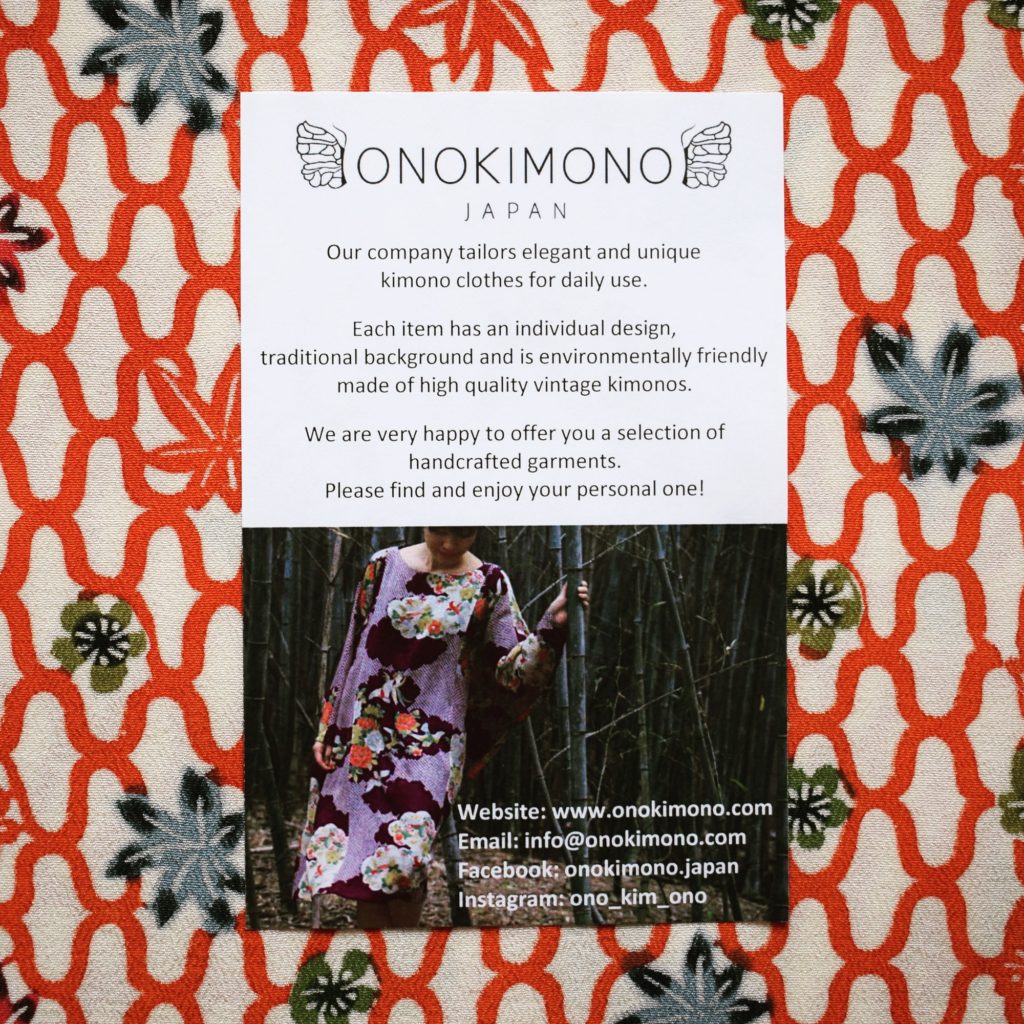As an interior pretty mini kimono 28cm × 35cm made of vintage fabric.
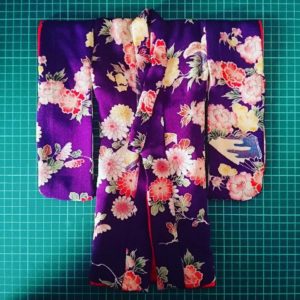
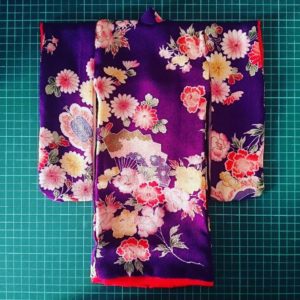
As an interior pretty mini kimono 28cm × 35cm made of vintage fabric.


The scarfs were made by men’s kimono belts which are called Hekoobi.
The material is very smooth silk and it has partly a shibori pattern on it.
It’s volumy and has very simple colour which will fit for both genders!
1 loop which is twisted 1 time. It’s even called “Möbius strip”.
Please check our SHOP/ITEM!
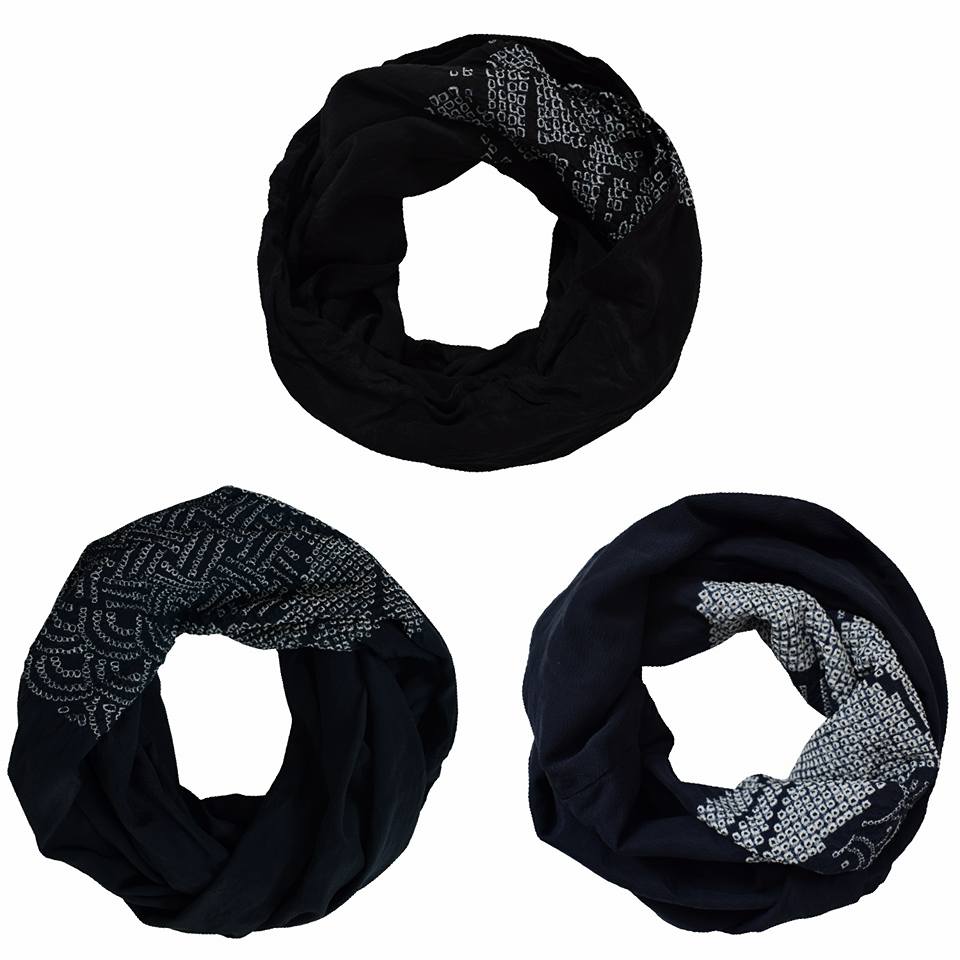
The fabric for kimono is around 36cm wide and several meters long.
Such a roll of fabric is sufficient for one kimono.
I could luckily find the original one!
The red, a sign of autumn but also a main colour of Christmas.
Enjoy the rest of autumn and look forward to winter!
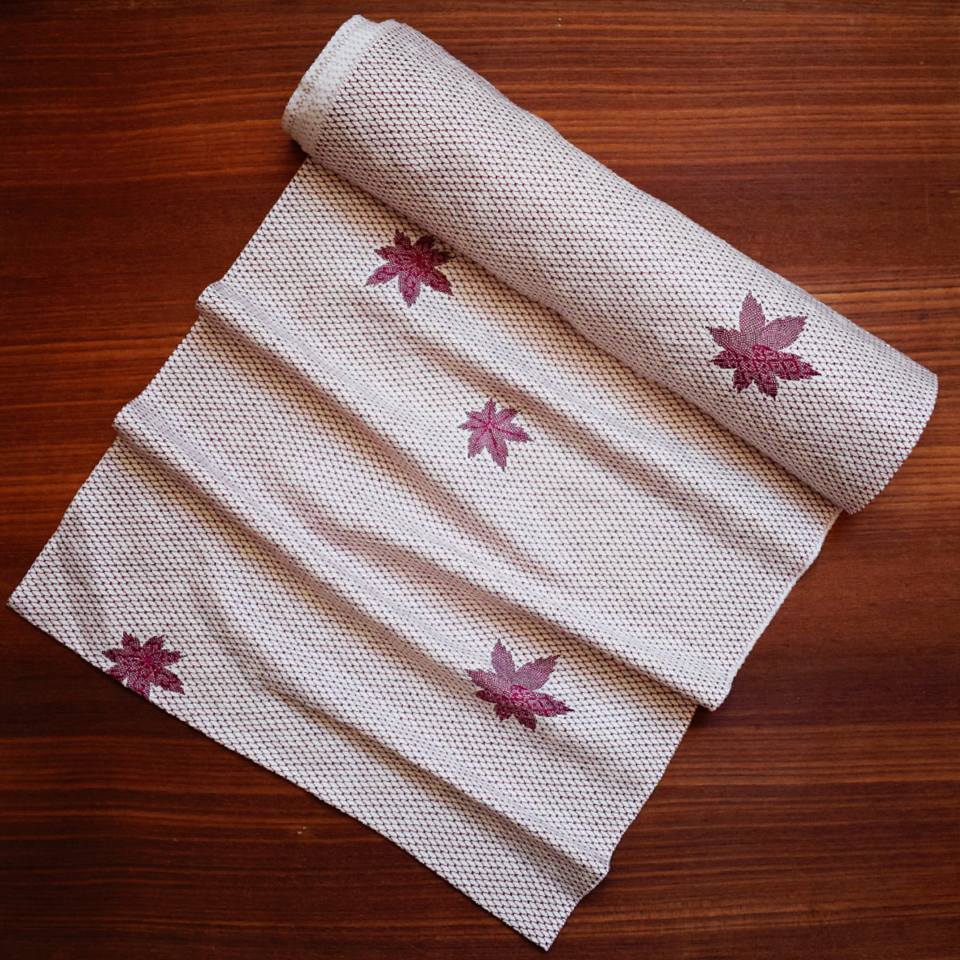
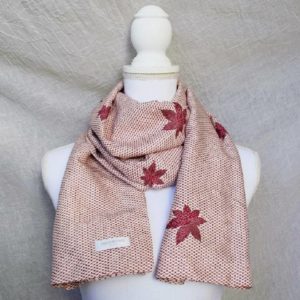
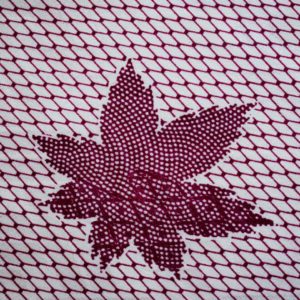
Be surrounded by a lot of flowers and colours

Lovely pink♡
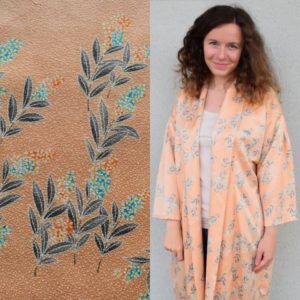
Finding comfortable places with kimono garment in the city!
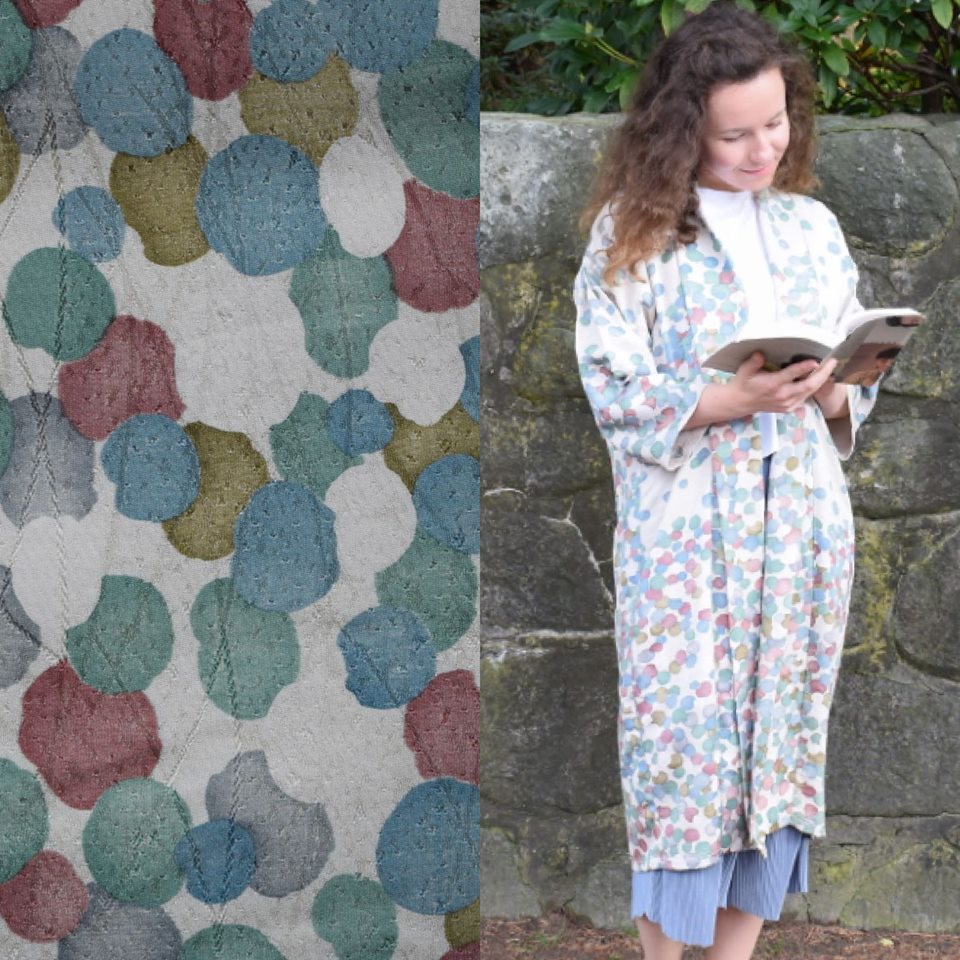
Finally here is the scarf from Part – 1!
I could make two scarves this time.
The colours and patterns decorate your day.
※Tips
The original cloth width of kimono fabric is only 36 – 40cm much smaller than for conventional garments.
(When the cloth is tailored to a kimono, the width and length become even shorter. )
Therefore our products have to be sewn many times and from smaller parts.
If I’m lucky I sometimes can find a rolled kimono fabric which is in a good condition.
Then I have much less work than starting from taking apart a kimono.
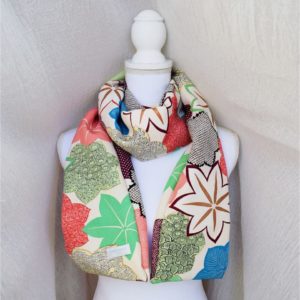
Sunlight filtering through trees.
In the nature.

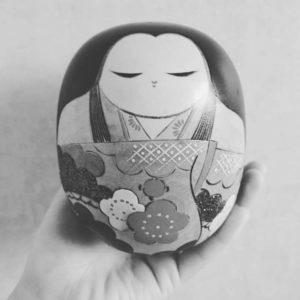
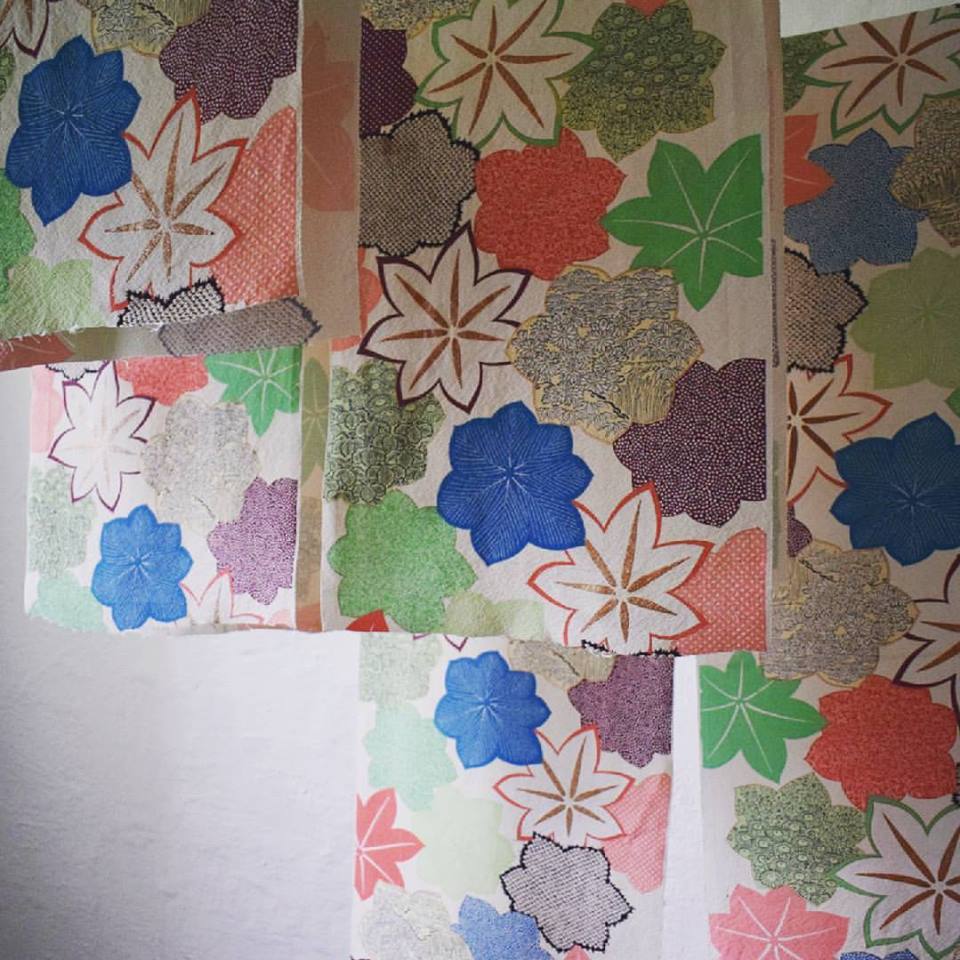
– Select a suitable kimono and check the quality
– Think about a design which can be best
– Take apart the kimono ( around 2 -3 hours.)
– Hand wash, dry and iron gently
– Cut accordingly and sew together
During the process I talk with kimono fabric.
This time, I decided to make a scarf.
To be continued!
Kamon is the family crest which every Japanese family has.
A kimono with family crest is worn on formal occasions.
Family crest often painted on the back and sometimes sleeves, chest on the kimono.
It is depicted in a 2 cm to 4 cm circle.
The best known crest is the chrysanthemum of the Imperial Family.
However my favorite symbol is of course butterfly as you can see our shop logo!
Here are some of kamon butterflies.
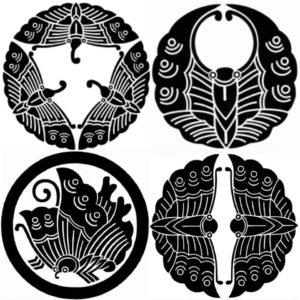
The word Shibori comes from the Japanese verb “shiboru” which means to squeeze, wring and press.
Shibori is a traditional Japanese resist dyeing technique and produces distinct patterns on a fabric.
The Shibori technique consists of the following steps: binding, stitching, folding, twisting, compressing, dyeing, and then releasing the binding pressure to reveal the pattern.
Each and every detail of Shibori represents a tied knot made by an artisan’s hands and the fabric sensitively refracts the process.
There is endless number of ways to bind, stitch, fold, twist, or compress fabric so that everyone can create and enjoy their own original pattern.
To open up the tied knot and reveal the result is an exciting moment!
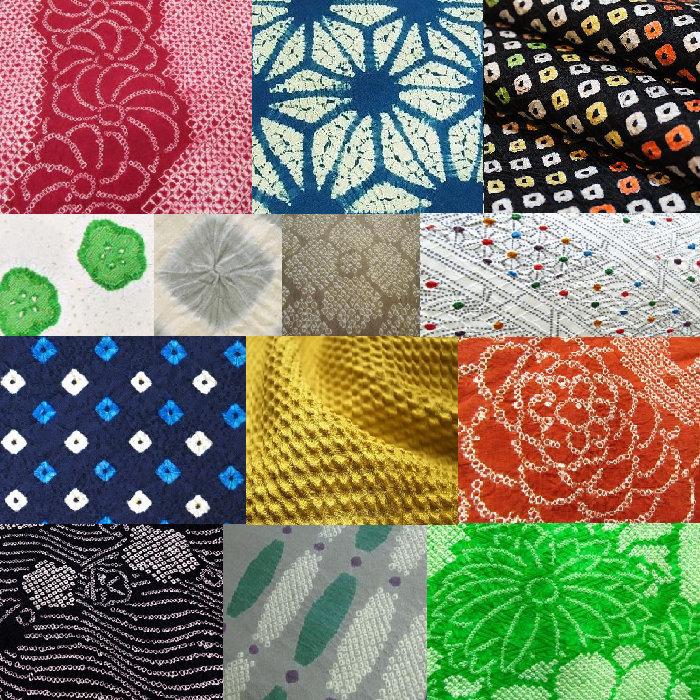
Chirimen is a traditional Japanese fabric (often silk but also wool or synthetic fiber fabric), which in English is called crape textile.
The Chirimen weaving technique, developed in the late 16th century, keeps the weft thread tighter than the warp thread during weaving process. That gives the fabric unique fine wrinkles on the surface and therewith a smooth and pleasant texture.
The following photos are taken on some of our products made of Chirimen textile.
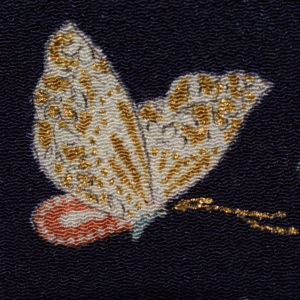
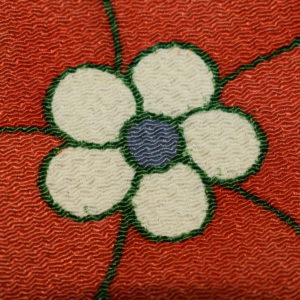
Chirimen has been cherished as a material for Japanese kimono from the old days up to now. The fabric is still popular for hand-sewn pouches, wrapping (Furoshiki), ornaments and so on.
Motifs of ornaments are often flowers, animals and sometimes even food such as Sushi!
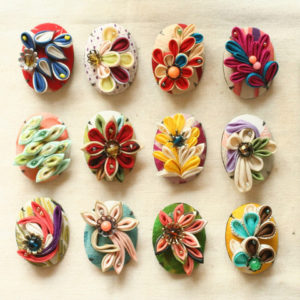
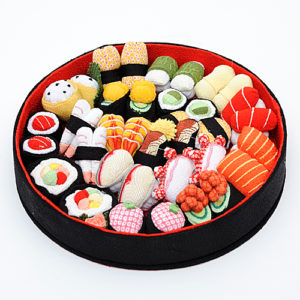
Moreover Chirimen is due to its weaving technique a stronger fabric than other types of kimono silk. Its thickness and weight gives us the feeling of quality.
Here is the logo for ONOKIMONO.

I am very fond of the logo since it reminds me of a Japanese wood block print.
Moreover the symmetric design fits very well to the text “ONOKIMONO”.
The logo was made by a Swedish designer.
I just told her that I want to have a simple design with a butterfly and she made the perfect one!
A butterfly is a popular motif on kimonos from the old time.
There are many reasons why it is a popular motif.
It may be a tribute to the butterflies creating kimono silk.
Personally I see kimonos as butterflies with opened wings.
Such I hope ONOKIMONO will fly from Japan to Sweden and to the whole world.
Special thanks to Annika and Andrew!
Our company tailors elegant and unique kimono clothes for daily use.
Each item has an individual design, traditional background and is environmentally friendly
made of high quality vintage kimonos.
We are very happy to offer you a selection of handcrafted garments.
Please find and enjoy your personal one!
